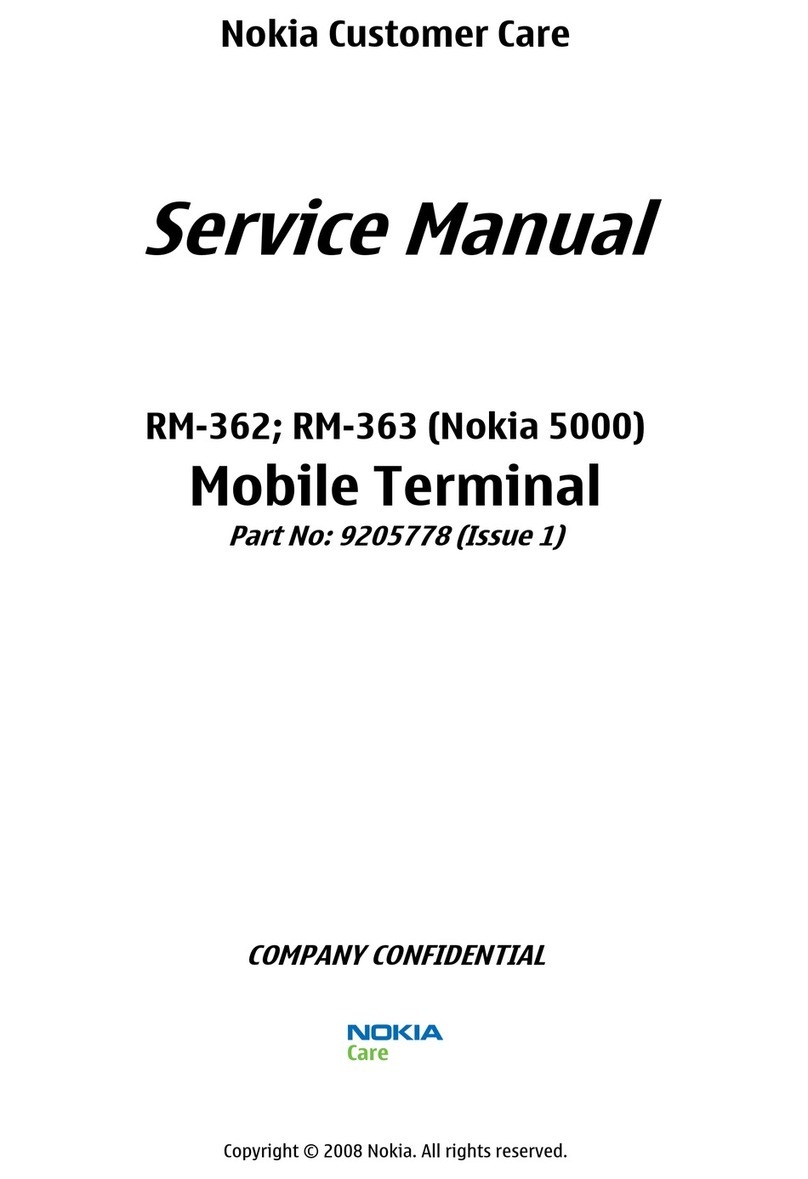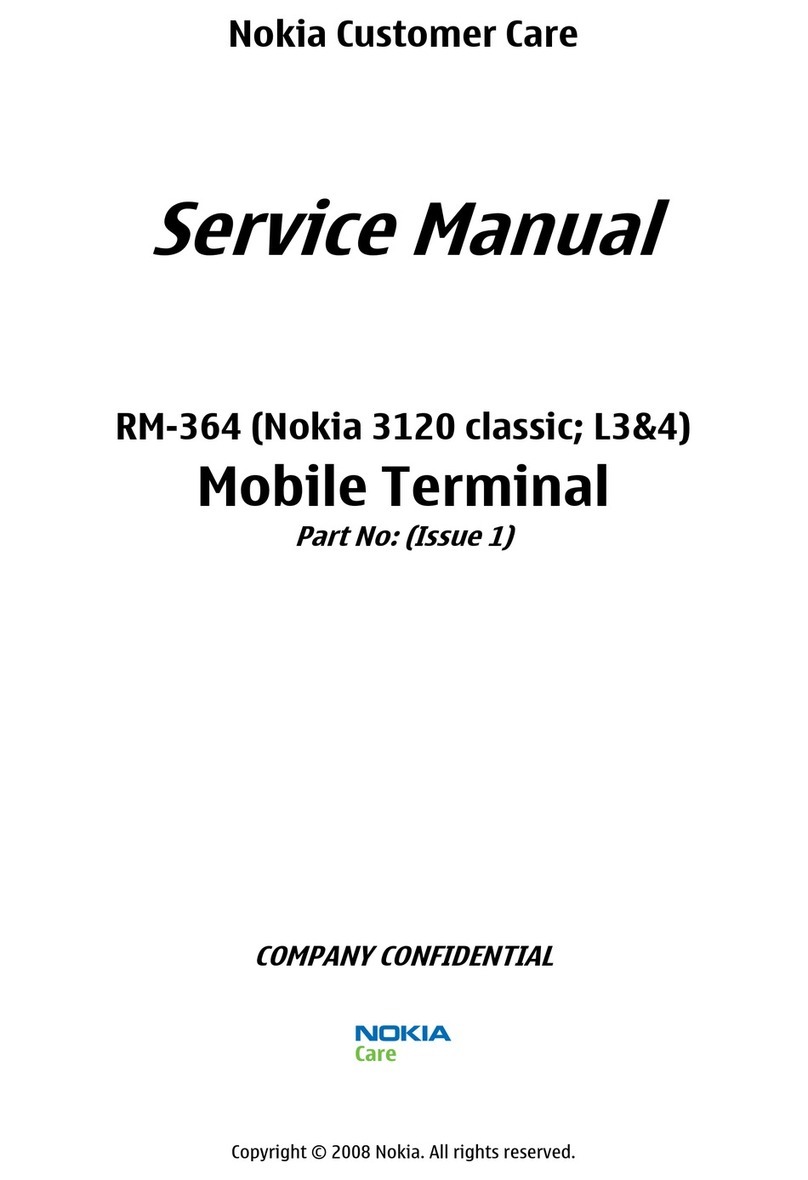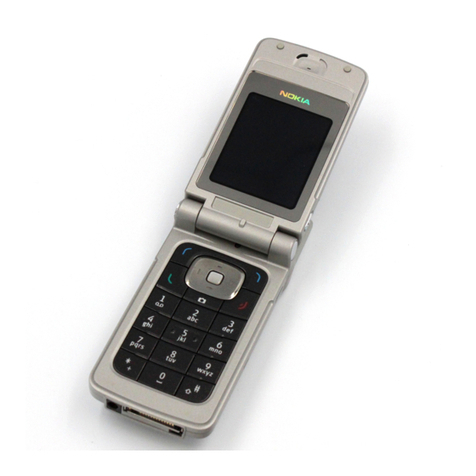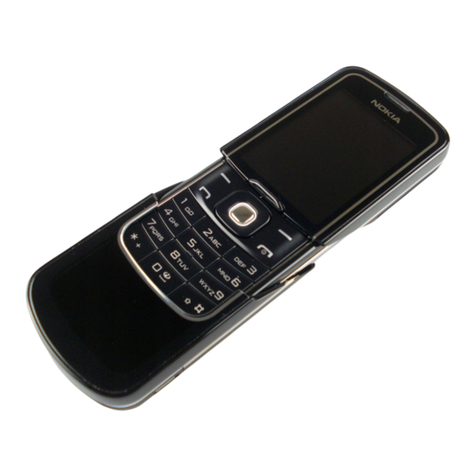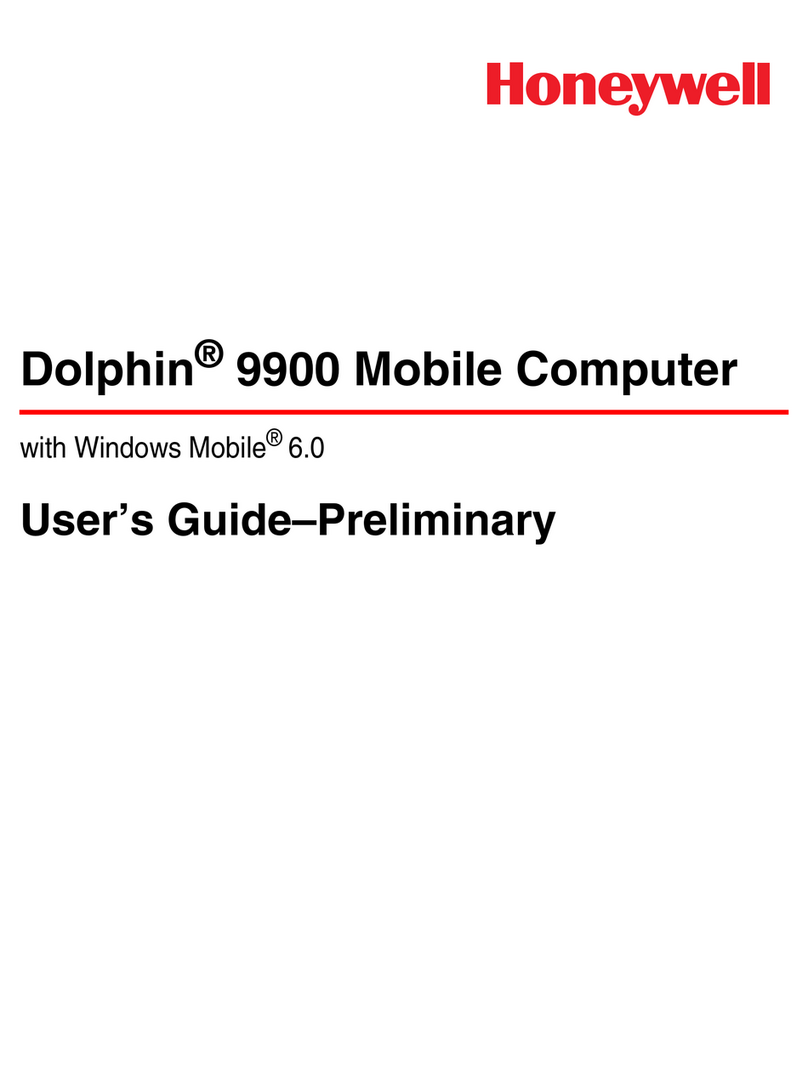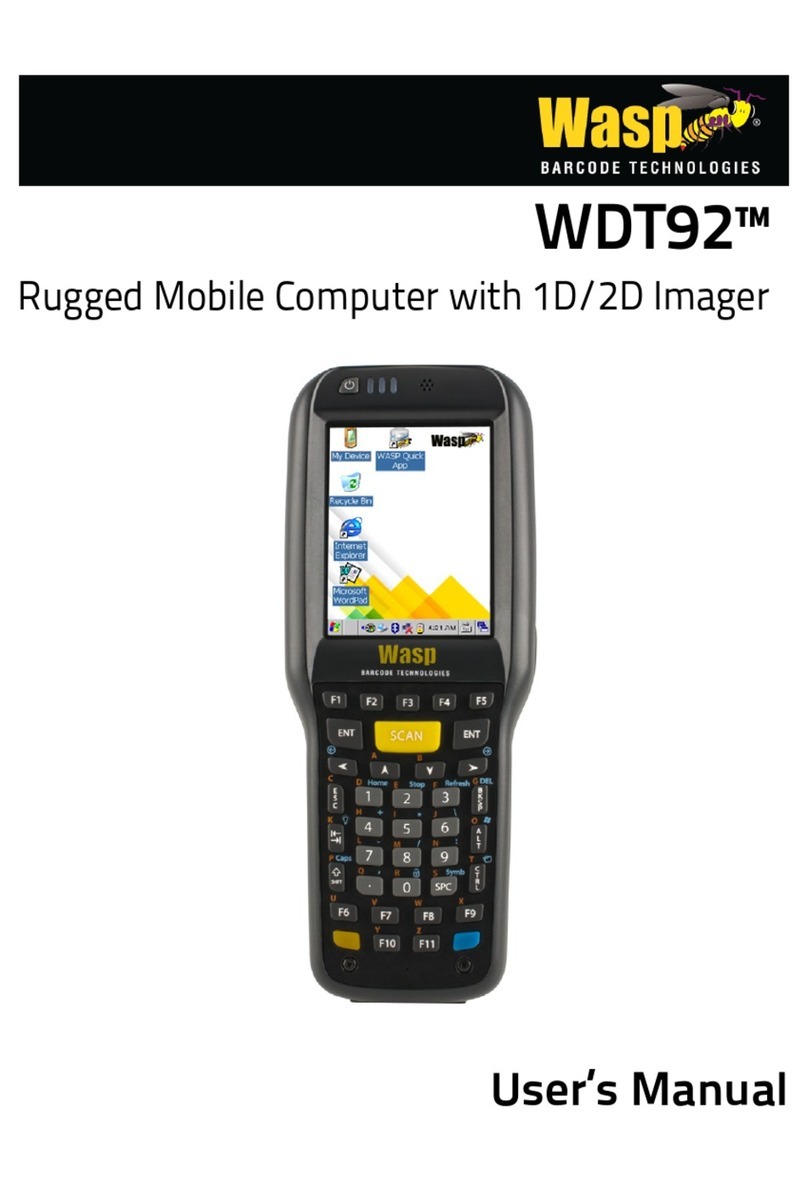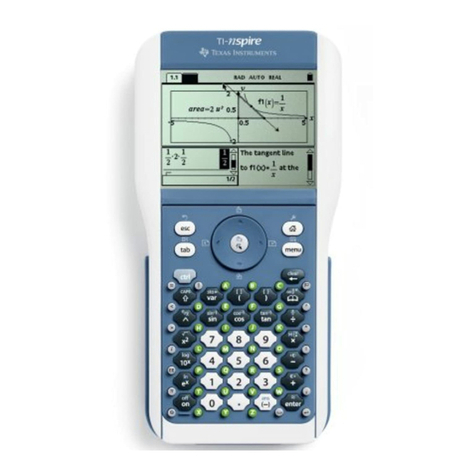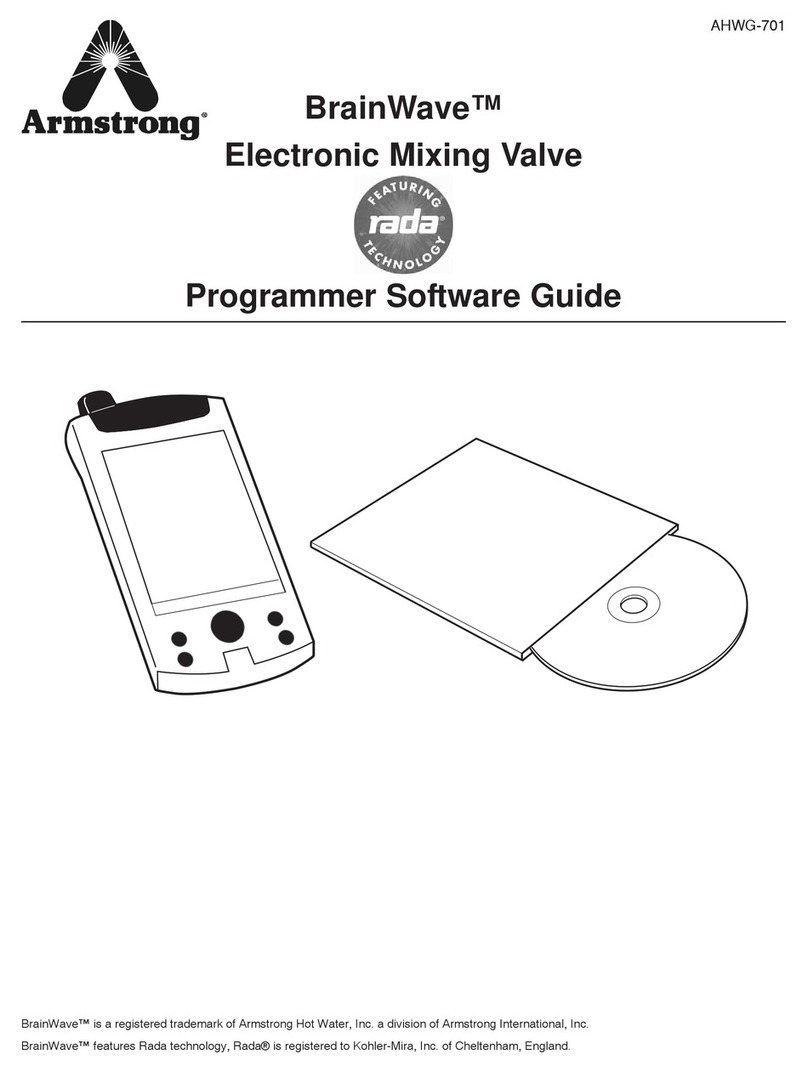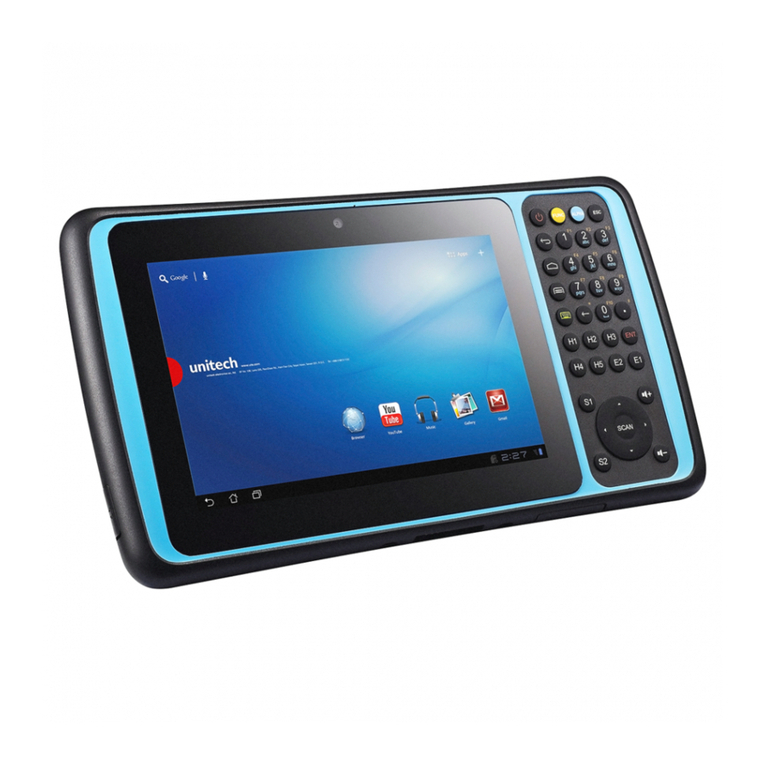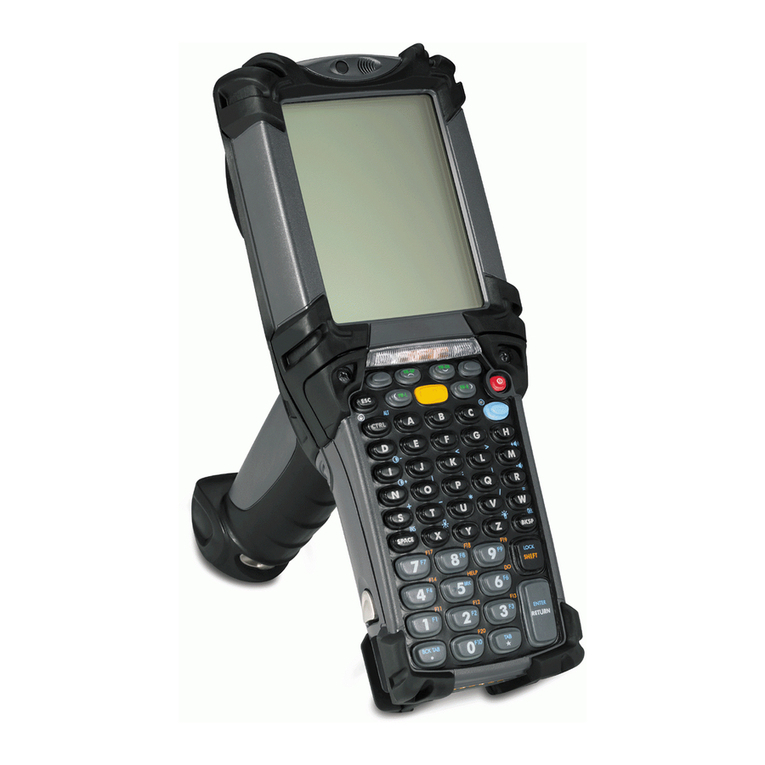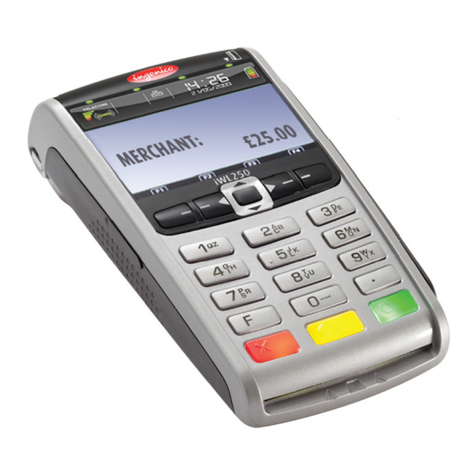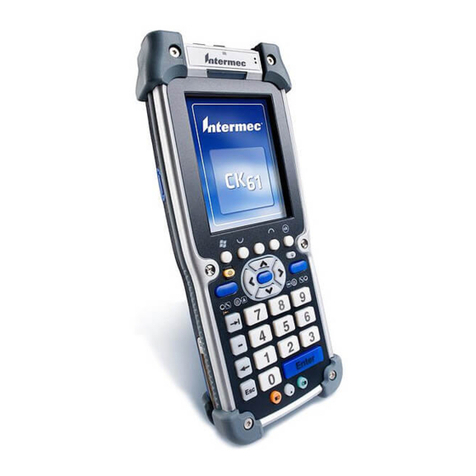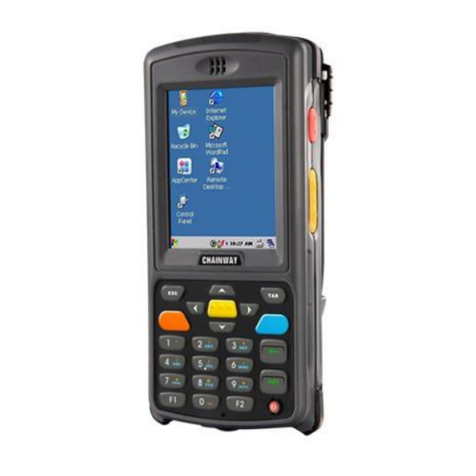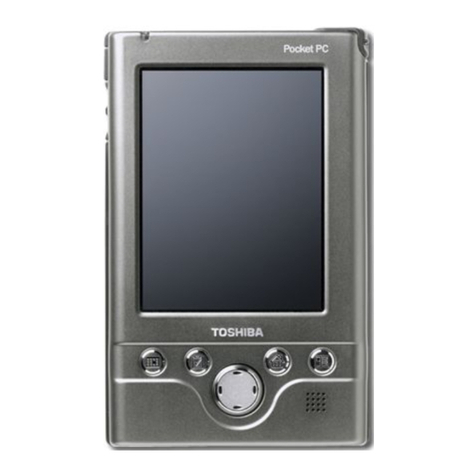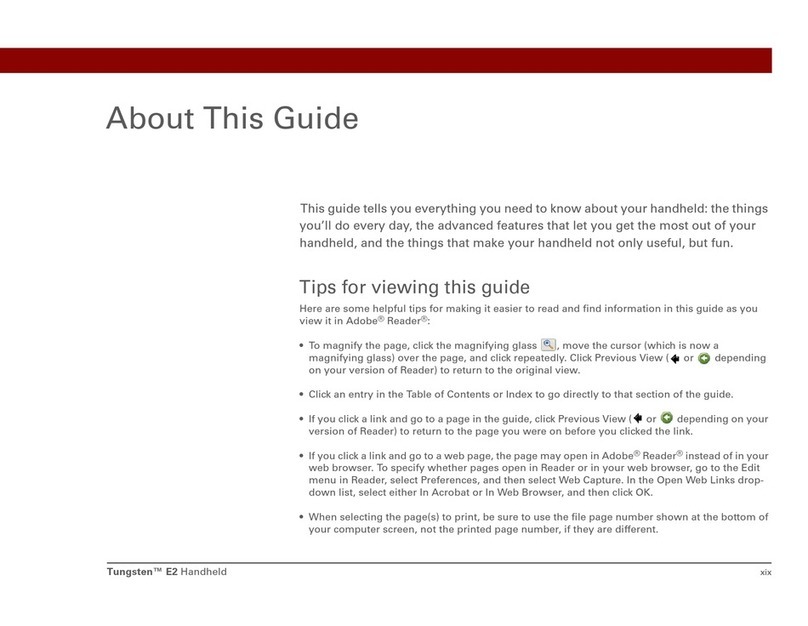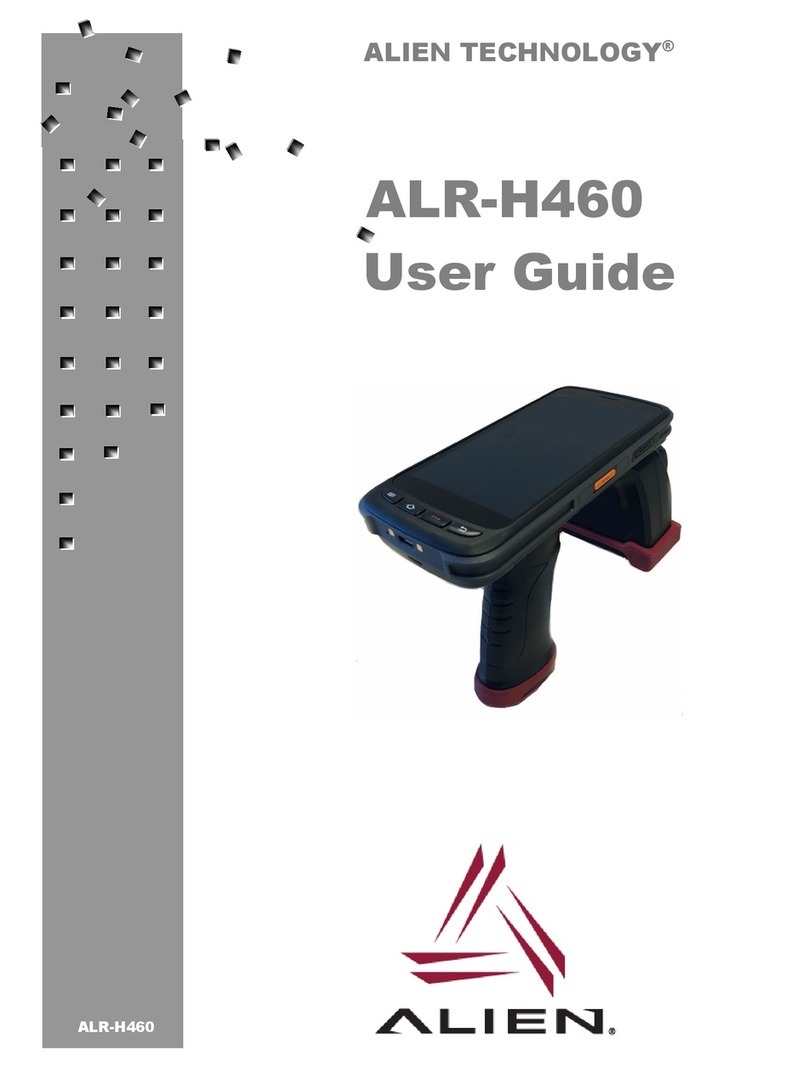
2118 (RH-77)
RF Description and Troubleshooting Nokia Customer Care
Page 2 ©2005 Nokia Corporation Company Confidential Issue 01 04/2005
Contents Page
Components ..................................................................................................................................................... 3
Transmitter Troubleshooting ....................................................................................................................... 5
Low Tx Power ................................................................................................................................................5
Cell Transmitter Setup ...............................................................................................................................5
Cell Transmitter Path ..................................................................................................................................8
Tx AGC Tuning ........................................................................................................................................ 11
Cell Power Amplifier ............................................................................................................................. 12
Cell PMIC.................................................................................................................................................. 12
Cell IF/RF AGC and PA Control........................................................................................................... 14
Cell Power Detector .............................................................................................................................. 16
Tx System Block Diagram ........................................................................................................................18
Receiver Troubleshooting .......................................................................................................................... 19
Rx IF ...............................................................................................................................................................19
Switching the Gain ...................................................................................................................................24
Rx RF .............................................................................................................................................................26
Rx AGC (Cell mode)............................................................................................................................... 28
Receiver Block Diagram ...........................................................................................................................30
Synthesizer Troubleshooting .................................................................................................................... 31
Synthesizer Setup ......................................................................................................................................31
VCTCXO Tuning ...........................................................................................................................................33
VCTCXO Reference Clock ..................................................................................................................... 36
Synthesizer Block Diagram .....................................................................................................................37
UHF Synthesizer .........................................................................................................................................38
Rx VHF ..........................................................................................................................................................39
Tx VHF ...........................................................................................................................................................40










